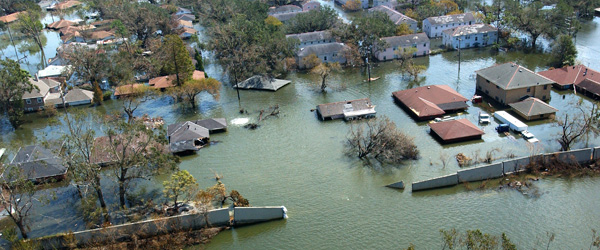The most wonderful time of the year, huh?
So why do the holidays sometimes feel like a month-long panic attack?
This can be a time for joy and celebration but it can also be a time when people experience sadness, anxiety, stress and exhaustion. Here are 10 ways to stay healthy this holiday season:1.
With the exception of one night a week, stick to the same sleep schedule. Don’t try to make up for lost sleep by sleeping late. Instead, try to nap once or twice during the day for 15 minutes. Drink lots of water or other vitamin-infused drinks. Use cold compresses on your eyes to decrease swelling and increase brightness.
2.
Set a limit for gift giving and stick to it. Use cash as much as you can. This can be very difficult as you may feel pressure to buy a number of gifts for people you love and popular gifts for children as well as include colleagues and neighbors. Look for inexpensive gifts to acknowledge the person (gift cards to a local coffee shop, gift certificates for manicures and pedicures or freshly ground coffee with a cute mug or travel cup). Use cash or debit cards as much as possible. One surefire way to increase holiday stress is to face credit card debt on Jan. 2. Instead, be practical and express love and goodwill as an accompaniment to a small gift.
3.
Stick to a regular exercise schedule. If you don’t exercise, add two days a week of brisk walking outside for at least 20 minutes. Exercise is one of the best ways to decrease stress. If you have a regular schedule already, do everything you can to preserve your workout time. If not, at a minimum, take a few walks per week. Being outside is key, so as a long as weather permits, get some fresh air.
4.
Take five minutes a day to sit on a chair, close your eyes and take several deep breaths. If the idea of meditation completely freaks you out and you think you don’t have the attention span to sit still, limit yourself to 10 deep breaths with eyes closed. There are many benefits of deep breathing, not the least of which is decreased stress and blood pressure and an increase of healthy hormones (and a decrease in cortisol, related to stress).
5.
Put aside old grudges with family members and drop expectations for them to change old habits. Rather than going home, ready to take up the same fight and frustrations with family members, spend time with family accepting them as they are. You’ll have less stress, as will they, and maybe you’ll find a new middle ground on which to relate.
6.
Resist the urge to attend every holiday celebration. Rather than set yourself up to be grumpy, tired and short on cash from buying multiple hostess gifts, pick one or two parties but no more. Politely decline but do it early and do it. Resist the urge to cancel at the last minute.
7.
Eat as much fresh, unprocessed food as possible. Have a lot of clear-based, hot soups, salads and vegetables. I recently read that one of the best ways to increase your immunity during the winter is to refrain from eating cold foods. Along those lines, stay healthy by eating as much fresh food as you can. Good choices are sushi, Thai and Chinese where you can order steamed vegetables and hot, clear soups. Other ideas are roasted winter vegetables and grilled fish.
8.
Before bed each night, do a yoga pose called “Legs up the Wall.” After pushing your hips to the bottom of a wall, lie on your bed and lift your legs up the wall. Lean them against the wall for support. The legs can be slightly bent and you can cover your eyes with a towel. This pose restores the body by flushing the feet and legs of blood, lactic acid and other by-products of standing on the feet all day (or shopping!).
9.
Ask for help. We all like to be able to get everything done this time of year, but one of the most powerful things to do is admit we need help. Ask your loved one to cook you dinner or get take-out one night. Hire a babysitter or a personal errand assistant to outsource some of your holiday chores. Use the extra time to do something healthy for yourself.
10.
Let yourself be sad if those feelings arise. This time of year can bring up many memories of happy times as well as sadness and loss. Instead of acting as if everything is fine and stuffing these feelings deep inside, let them out. Talk to your family about how you’re feeling. Exercise and invest in massage, meditation and restorative yoga classes to express your emotions. Let yourself cry if it comes up. Only through releasing these feelings will you be able to move forward in a healthy way
The best way to dodge holiday stress: Take a time-out. A break from the hubbub re-energizes and refocuses you, making you able to avoid holiday stress (or at least handle it better). Plus, it doesn’t take much time. Whether you have 15 minutes or just one, catch a break that will restore your sanity and your ability to savor the season.
Happy Holidays from Modern Insurance Marketing, Inc!


.jpg)











